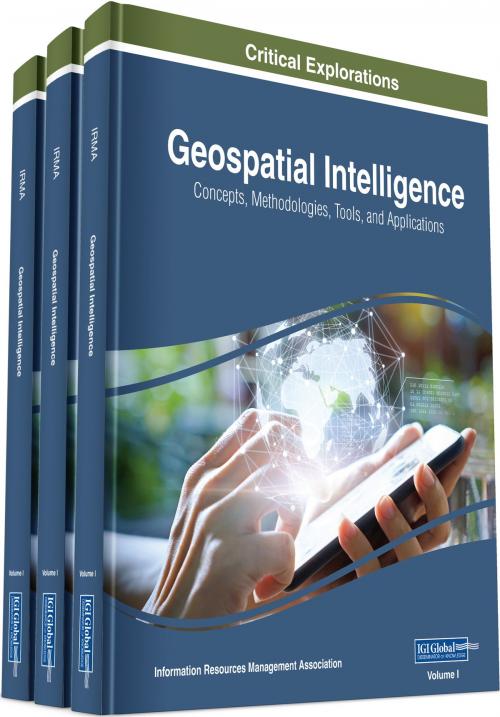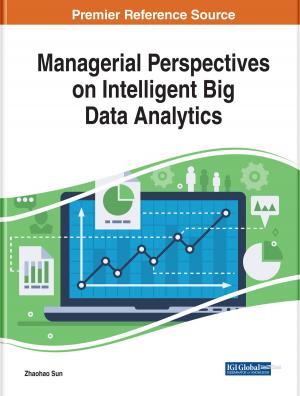Geospatial Intelligence
Concepts, Methodologies, Tools, and Applications
Nonfiction, Science & Nature, Technology, Remote Sensing, Engineering, Civil, Science| Author: | ISBN: | 9781522580560 | |
| Publisher: | IGI Global | Publication: | March 1, 2019 |
| Imprint: | Engineering Science Reference | Language: | English |
| Author: | |
| ISBN: | 9781522580560 |
| Publisher: | IGI Global |
| Publication: | March 1, 2019 |
| Imprint: | Engineering Science Reference |
| Language: | English |
Decision makers, such as government officials, need to better understand human activity in order to make informed decisions. With the ability to measure and explore geographic space through the use of geospatial intelligence data sources including imagery and mapping data, they are better able to measure factors affecting the human population. As a broad field of study, geospatial research has applications in a variety of fields including military science, environmental science, civil engineering, and space exploration. Geospatial Intelligence: Concepts, Methodologies, Tools, and Applications explores multidisciplinary applications of geographic information systems to describe, assess, and visually depict physical features and to gather data, information, and knowledge regarding human activity. Highlighting a range of topics such as geovisualization, spatial analysis, and landscape mapping, this multi-volume book is ideally designed for data scientists, engineers, government agencies, researchers, and graduate-level students in GIS programs.
Decision makers, such as government officials, need to better understand human activity in order to make informed decisions. With the ability to measure and explore geographic space through the use of geospatial intelligence data sources including imagery and mapping data, they are better able to measure factors affecting the human population. As a broad field of study, geospatial research has applications in a variety of fields including military science, environmental science, civil engineering, and space exploration. Geospatial Intelligence: Concepts, Methodologies, Tools, and Applications explores multidisciplinary applications of geographic information systems to describe, assess, and visually depict physical features and to gather data, information, and knowledge regarding human activity. Highlighting a range of topics such as geovisualization, spatial analysis, and landscape mapping, this multi-volume book is ideally designed for data scientists, engineers, government agencies, researchers, and graduate-level students in GIS programs.















